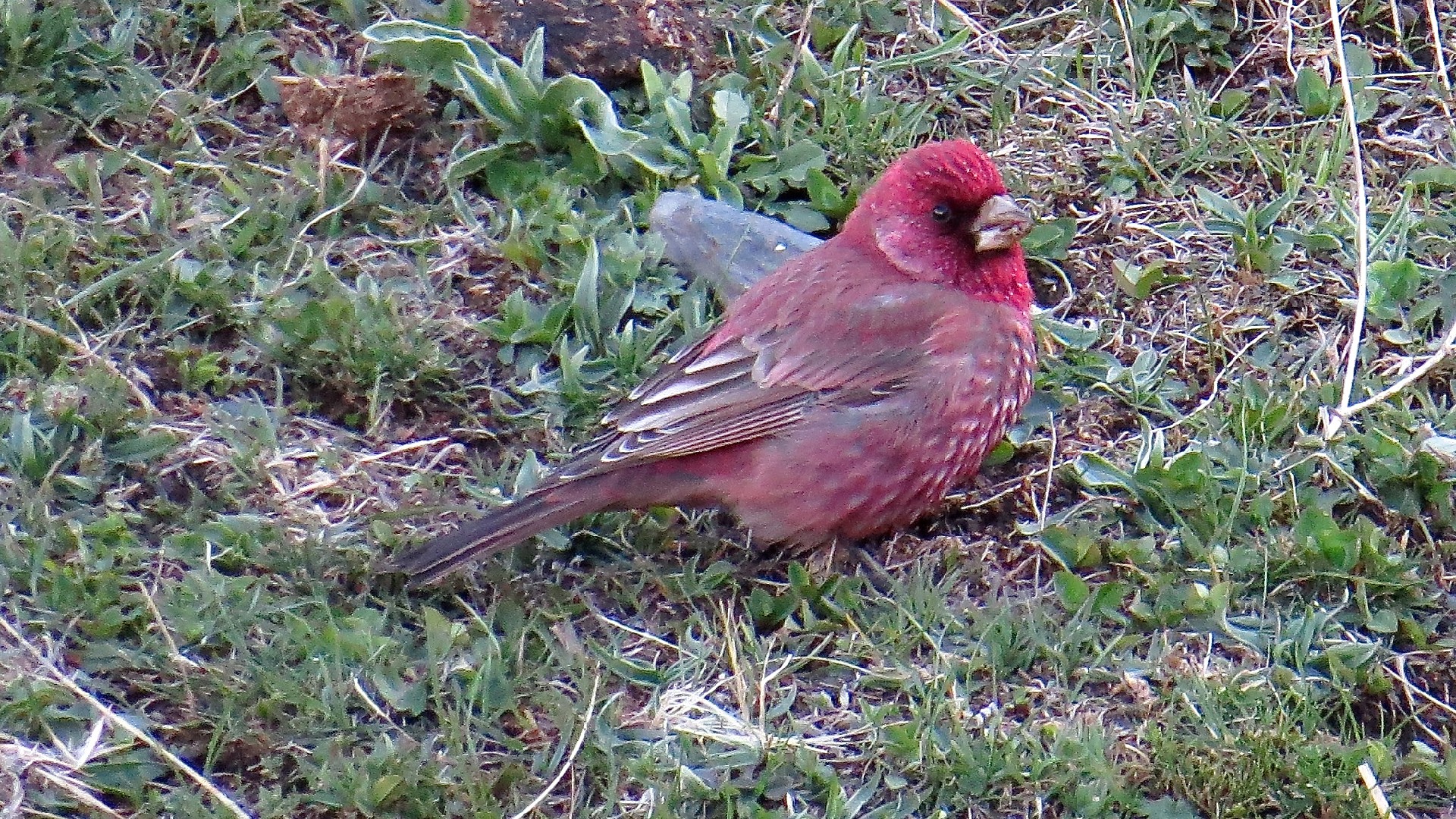Great Rosefinch
A species of Eurasian Rosefinches Scientific name : Carpodacus rubicilla Genus : Eurasian Rosefinches
Great Rosefinch, A species of Eurasian Rosefinches
Botanical name: Carpodacus rubicilla
Genus: Eurasian Rosefinches
Content
Description General Info
 Photo By Alastair Rae , used under CC-BY-SA-2.0 /Cropped and compressed from original
Photo By Alastair Rae , used under CC-BY-SA-2.0 /Cropped and compressed from original Description
The great rosefinch (Carpodacus rubicilla) is a species of finch in the family Fringillidae. It is found in Afghanistan, Azerbaijan, Georgia, Kazakhstan, Kyrgyzstan, Mongolia, Pakistan, Russia, Tajikistan, and Uzbekistan and east to China. Its natural habitats are tundra and temperate grassland. While past taxonomies treated C. r. severtzovi and two other subspecies as a separate species, the spotted great rosefinch (and called the nominate subspecies the "Caucasian great rosefinch"), they now usually considered subspecies of the great rosefinch. Four subspecies are recognised: Caucasian great rosefinch (C. r. rubicilla) - (Güldenstädt, 1775) - central and eastern Caucasus Mountains C. r. diabolicus - (Koelz, 1939) - northeastern Afghanistan and Tajikistan C. r. kobdensis - (Sushkin, 1925) - southern Siberia, western Mongolia and northwestern China spotted great rosefinch (C. r. severtzovi) - Sharpe, 1886 - eastern Kazakhstan to central China, the Himalayas and northern Pakistan 
Size
21 cm
Nest Placement
Shrub
Feeding Habits
Great Rosefinch primarily eats seeds, buds, and flowers from alpine plants, with occasional insects. Great Rosefinch forages on the ground or in bushes, often in pairs or flocks, and shows a distinct behavior of descending to feed early morning and returning upslope later.
Habitat
The great Rosefinch favors alpine and subalpine zones with a preference for sparse vegetation, including barren hillsides, valleys with scrubby plant thickets, and boulder-strewn screes. Their habitat extends to glacier margins and alpine meadows, often encompassing the edges of human cultivation. Seasonally, they may venture to lower elevated habitats with similar characteristics near human settlements.
Dite type
Granivorous
General Info
Feeding Habits
Bird food type
Species Status
Not globally threatened.
Scientific Classification
Phylum
Chordates Class
Birds Order
Perching birds Family
Finches Genus
Eurasian Rosefinches Species
Great Rosefinch